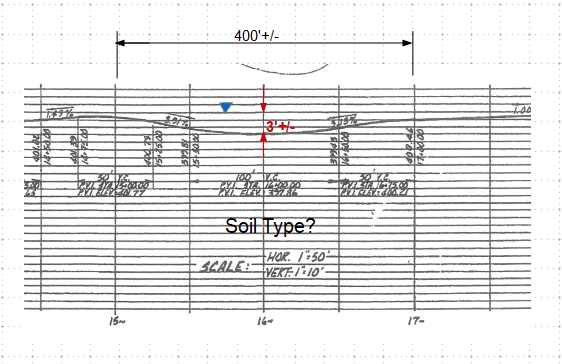Arizona3106
Geotechnical
Moisture buildup between tile and concrete floor slab (Photo attached). Shallow water conditions are known to exist in the area. Perimeter french drain was installed over 4 feet deep, however, issue now noted in central portion of building. I believe it's due to head pressure after removal of a portion of the ridge for construction of the building. Raising or removal of the floor slab for an underfloor drain is not viable. Any solutions or seal methods you're aware of that actually work well? Not too excited about about surface seals I've seen before, but maybe I just didn't see good ones...Thought I read about possibly waterproofing the underside with polyurethane, but don't recall.


![[wink] [wink] [wink]](/data/assets/smilies/wink.gif)